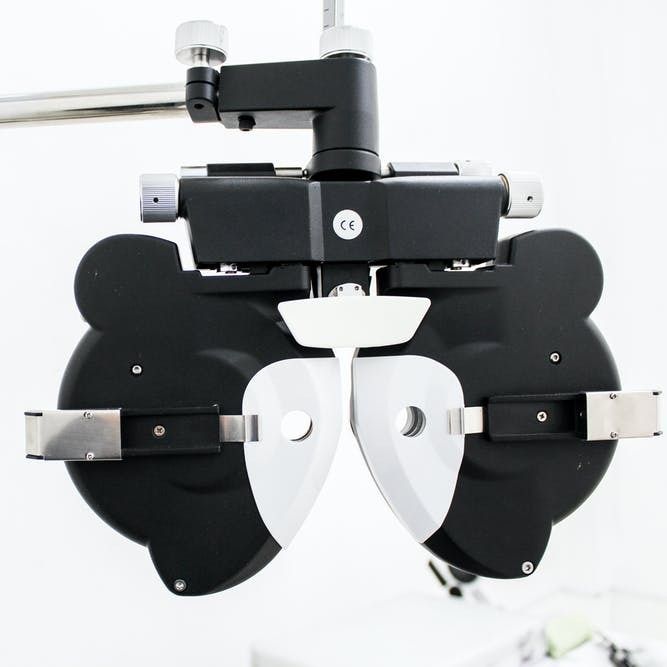BCAA Intake Not Associated with Primary Open-Angle Glaucoma Risk
Metabolomic and preclinical studies have indicated that branched-chain amino acids may protect against neurodegenerative diseases.

A higher dietary intake of branched-chain amino acids (BCAA) has no association with risk for primary open-angle glaucoma (POAG), suggests a new study.
“BCAA – leucine, isoleucine and valine – are essential amino acids that are involved in mediating numerous metabolic pathways including glucose and lipid metabolism,” the investigators wrote, indicating BCAA’s possible neuroprotective effects.
The team, led by Akiko Hanyuda, MD, MPH, of Harvard T.H. Chan School of Public Health, assessed incidence of POAG and its subtypes among patients from the Nurses’ Health Study (NHS), Health Professionals Follow-up Study, and NHSII, thus examining long-term associations between incidence and BCAA dietary intake.
The Study
In their prospective study, Hanyuda and colleagues biennially followed 65,531 women from the NHS (baseline, 1984); 42,254 men from the Health Professionals Follow-up Study (baseline, 1991); and 66,904 from NHSII (baseline, 1986) over the course of several decades.
All participants were followed until their earliest occurrence of POAG, cancer, loss to follow-up, or end of follow-up.
“Eligible participants were aged 40+ years (when glaucoma risk typically increases), provided baseline diet information and reported an eye examination in each 2-year risk period (to minimize potential detection bias),” the investigators wrote.
Further, participants completed repeated validated food frequency questionnaires, which assessed dietary intake of BCAA.
The investigators confirmed incident cases of POAG and POAG subtypes, as defined by visual field loss and untreated intraocular pressure, according to medical record review.
The Results
Overall, the team found 1946 cases of incident POAG.
“The pooled MVRRs [Multivariable-adjusted relative risks] of POAG for the highest quintile (Q5 = 17.1 g/day) versus lowest quintile (Q1 = 11.2 g/day) of total BCAA intake was 0.93 (95% CI, 0.73–1.19; Ptrend = 0.45; Pheterogeneity by sex = .24),” they reported.
As for POAG subtypes defined by IOP level or POAG with only peripheral visual field loss, they noted no associations for either sex (P≥.20).
However, early paracentral visual field loss had a slight inverse association with higher BCAA intake in women (MVRR = .80 [95% CI, 0.57–1.12; Ptrend = .12]), but not in men (MVRR = 1.38 [95% CI, 0.81–2.34; Ptrend = .28; Pheterogeneity by sex = .06]).
Every 12 g/day increase in BCAA intake was associated with a 32% lower risk of the POAG subtype with paracentral visual field loss in women (RR, 0.68; 95% CI, 0.35–1.32) and 64% higher risk of the subtype in men (RR, 1.64; 95% CI, 0.73–3.72). Nonetheless, these associations were considered to be nonsignificant.
There were also no significant interactions for associations between BCAA and POAG risk by age, glaucoma family history, BMI, or total nitrate intake (P≥.08).
In terms of limitations, they primarily acknowledged the lack of repeated eye examinations and systematic collection of data of BCAA intakes from supplements, functional foods, or sports drinks.
However, they touted the study's long follow-up, high follow-up rates, and repeated measurements of diet, lifestyle and medical history to ensure accuracy.
“In conclusion, higher dietary intake of BCAA was not associated with the risk of POAG," Hanyuda and colleagues wrote. "A possible sex-differential in the association with higher intake of BCAA in relation to POAG with early paracentral VF loss warrants further study."
The study, “Prospective study of dietary intake of branched-chain amino acids and the risk of primary open-angle glaucoma,” was published online in Acta Opthalmologica.